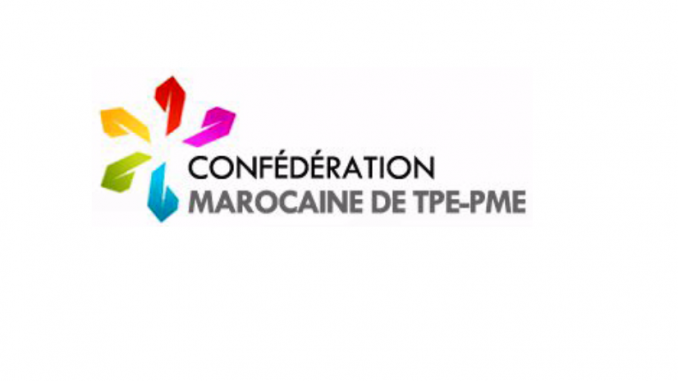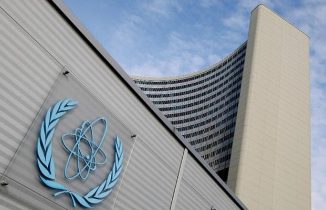
Business services and commercial activities are the sectors most affected by the new Coronavirus (Covid-19), according to the initial results of a survey conducted by the Moroccan Confederation of Small and Medium-Sized Businesses (Confédération marocaine de TPE-PME).
Business and commercial services are at the top of the list of sectors most affected by the health crisis with respectively 21.9% and 20.6% of a representative sample of 1,080 randomly identified companies, the confederation said in a statement. They are followed by the sectors of industry, construction, communication and events, agriculture, tourism and crafts with respectively 13.5%, 12.7%, 10.5%, 5.7%, 5.2% and 4.3%, notes the study conducted among ten sectors of the economy.
According to the results of this survey, 83% of businesses are in total cessation of activity, which represents more than two thirds of the population studied, while those in partial cessation of activity do not exceed 17%.
With regard to the structures most affected by this health crisis, the survey indicates that very small businesses, including self-employed entrepreneurs, are the most affected by the epidemic, with a rate of 90%, while small businesses and cooperatives represent 8% and 2% respectively.
Small businesses, which have little working capital, will be unable to manage this crisis for the long term, adds the same source.
These experts note that in Asian countries (China, South Korea, Taiwan, Singapore), strict barrier measures involving the wearing of anti-projection masks by the population have proved very effective in reducing the rate of reproduction of the Coronavirus and for better control of the epidemic.
As a result, several scientific and governmental authorities in Europe, Asia and the United States recommend or even impose the wearing of a mask or covering cloth (nose, mouth, chin) for the circulating population in public places, they note.
And to recall that the WHO recommends in this situation of pandemic and global shortage to reserve medical and surgical masks for front-line professionals, and suggests the use of masks covering the respiratory and oral tracts by the rest of the population.




Be the first to comment